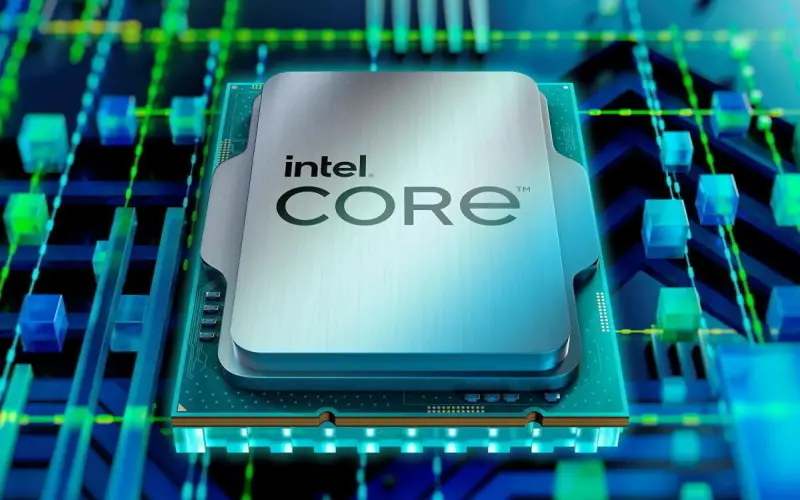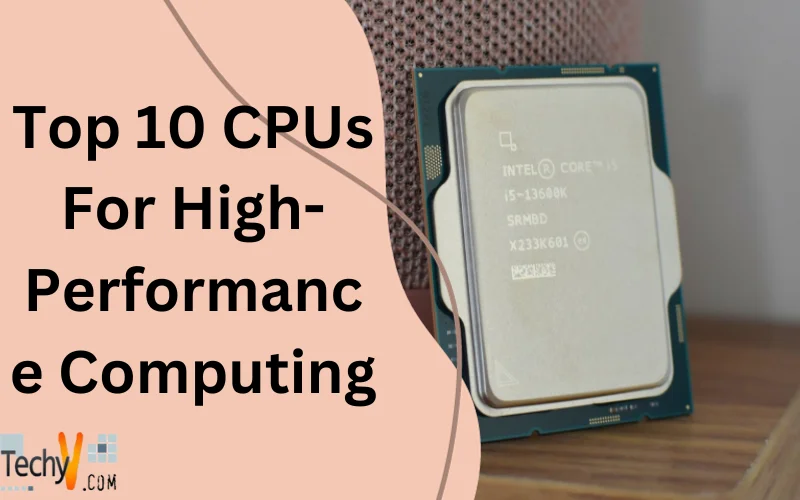High-performance computing (HPC) necessitates advanced central processing units (CPUs) equipped to handle elaborate simulations, predictive modeling, big data analytics, and scientific visualizations across immense datasets as part of regular reporting. HPC workloads push CPUs to the limits while demanding elevated core counts to maximize parallel performance potential based on workloads spanning computational fluid dynamics, finite element analysis, Monte Carlo simulations, genomics sequencing, and machine learning model training at scale in addition to real-time encryption/decryption capabilities. As the semiconductor arms race continues to progress into expanding thread counts, cores, cache memory pools, and raw processing clock speeds, selecting the optimal HPC CPU option from divergent Intel and AMD architectures warrants diligent comparison against pertinent benchmarks combined with internal testing. Database administrators (DBAs) need to evaluate total build cost, platform longevity, power efficiencies, memory support, and overclocking headroom alongside target workload alignment. I outline my top 10 CPU recommendations explicitly aimed at maximizing multi-threaded HPC capabilities below based on both synthetic and application-based benchmarking, overclocking potential, platform support, PCIe connectivity, and overall value.
1. Intel Core i3-12100F
The Intel 12th generation Core i3-12100F utilizes the cost-effective Alder Lake architecture with 4 performance cores and 8 threads to deliver responsive HPC throughput at 65W TDP base power draw. Although the 125W maximum turbo boosts clocks up to 4.3GHz, HPC workloads generally sustain power limit throttling to the 2.8GHz base frequency across the 10nm manufacturing process. Scalability warrants consideration for sizable HPC cluster deployments based on total build cost and platform support.

2. AMD Ryzen 5 5600
The 65W Ryzen 5 5600 constitutes AMD’s price-conscious Zen 3 response with 6 cores, 12 threads, and a 4.4GHz maximum boost clock from the optimized 7nm process. Although falling behind in overclocking headroom and maximum clock speeds, AMD emphasises energy efficiency with the cost-effective 5600 maintaining competitiveness in core clock throughput compared to higher-tier counterparts. Developers should consider actual HPC performance requirements when evaluating the 5600 capabilities.
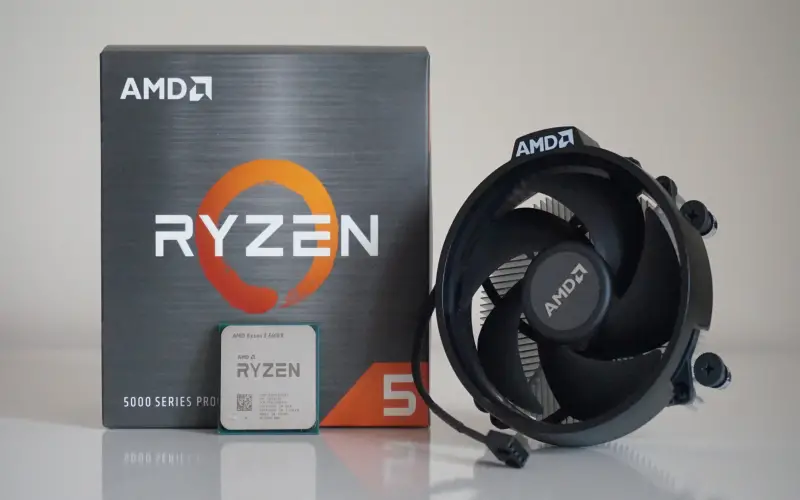
3. Intel Core i5-12400F
Alder Lake returns to this mid-range category with the 65W 12400F and its performance hybrid architecture encompassing 6 P-cores and 4 E-cores totaling 16 threads. The substantial L3 cache pool works in conjunction with DDR4-3200 / DDR5-4800 reminiscence support to deliver responsive computational performance at a compelling price point for HPC developers. Thermal limitations become a consideration for sustained complex workloads.
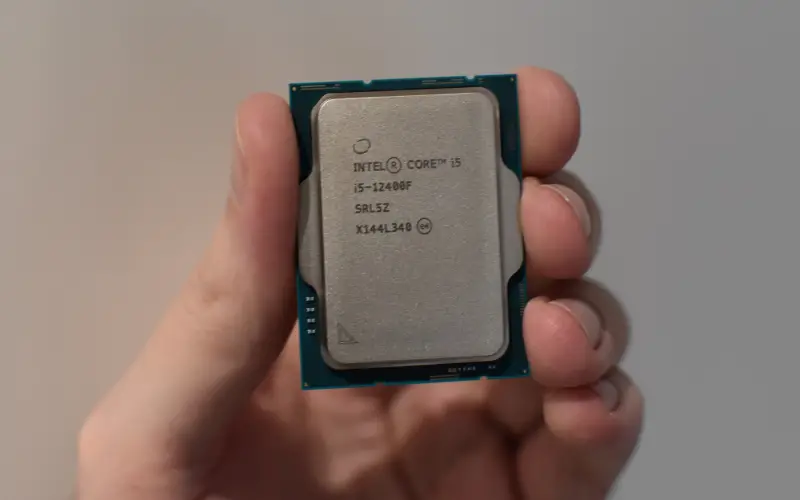
4. AMD Ryzen 7 5700X
The $299 Ryzen 7 5700X constitutes a potential value choice for HPC programmers necessitating capable multi-core performance from a 105W Zen 3 design with 8 cores, 16 threads, and a 4.6GHz boost potential. AMD positions this 5nm CPU as the premiere efficiency option rather than raw clock speed with silicon optimizations warranting evaluation for simulations and modeling not necessitating maximized frequencies across a high thread count topology.
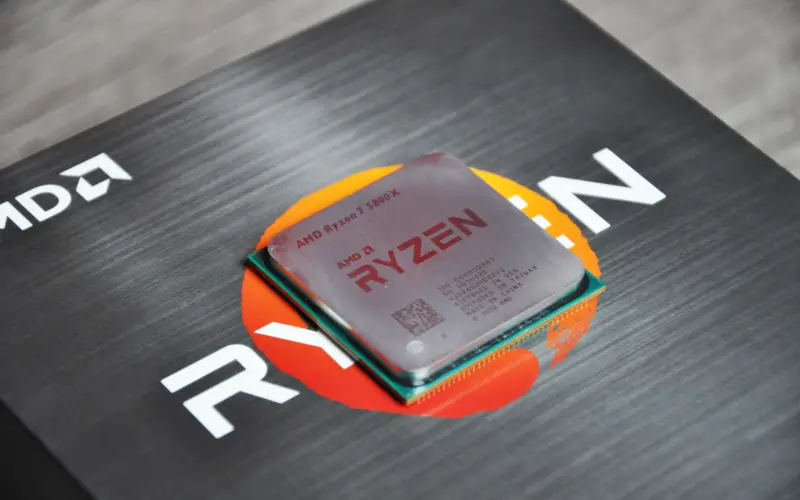
5. AMD Ryzen 7 7700X
As AMD’s inaugural Zen 4 selection for our HPC rankings, the 7700X ups the efficiency ante based on TSMC’s optimized 5nm manufacturing for the 105W $399 processor. Developers gain an expansive 16 cores and 32 threads to leverage for parallel workloads up to 5.4GHz boost speeds as warranted. The radical IPC, cache, and DDR5 improvements justify the current high price tag for programmers focused on maximizing multi-threaded capabilities. Longevity permits confidence in AM5 platform support.
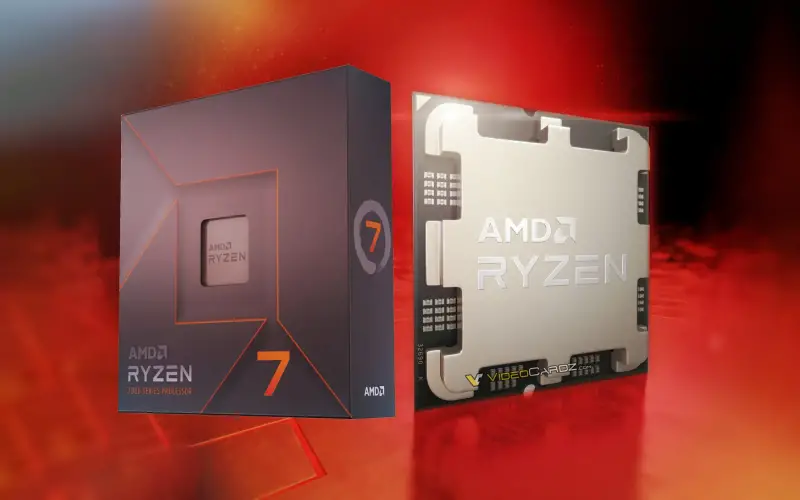
6. Intel Core i5-13600K
Alder Lake’s efficiencies return for well under $500 combined with Raptor Lake’s performance gains as Intel debuts the 13600K and its 14-core (6 P-core, 8 E-core) / 20 thread topology. The 125W CPU boosts up to 5.1GHz across enhanced 10nm production as Intel commences delivery of 24 lanes of PCIe 5.0 connectivity. Early performance benchmarks exhibit strong single and multi-core results. I recommend HPC developers evaluate actual rasterization, encoding, and simulation scenario testing before rollout.

7. AMD Ryzen 7 7800X3D
AMD counters Intel’s 13th generation with an augmented take on the high-performance 7900X integrating 64MB of L3 3D V-Cache stacking focused explicitly on dramatic latency reductions. HPC programmers gain an impressive 16 cores / 32 threads operating at 120W TDP but only 4.5GHz boost potential. Justifying the $449 cost warrants real-world benchmarking to determine whether AMD’s novel V-Cache innovations translate to responsive computational throughput advances for target applications.
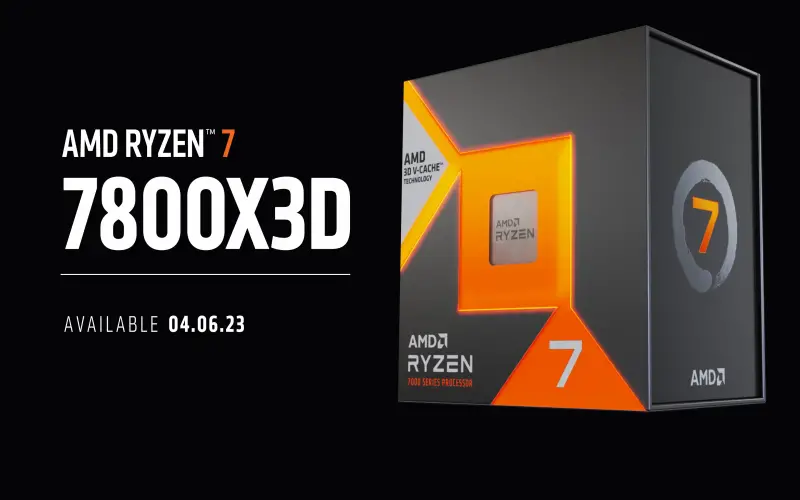
8. AMD Ryzen 9 7900X
Positioned as the new Zen 4 flagship, the 7900X carries a lofty $549 MSRP with 12 cores, and 24 threads operating at 170W TDP to push the 5nm architecture to a max boost reaching 5.6GHz. Beyond raw clock speeds, AMD credits a collective 29% increase in IPC, greater than 80% L2 cache gains, and DDR5-5200 reminiscence support for immense HPC potential based on maximized and sustained multi-threading. Power, thermal, and platform costs warrant consideration before committing to a 7900X scale-up.
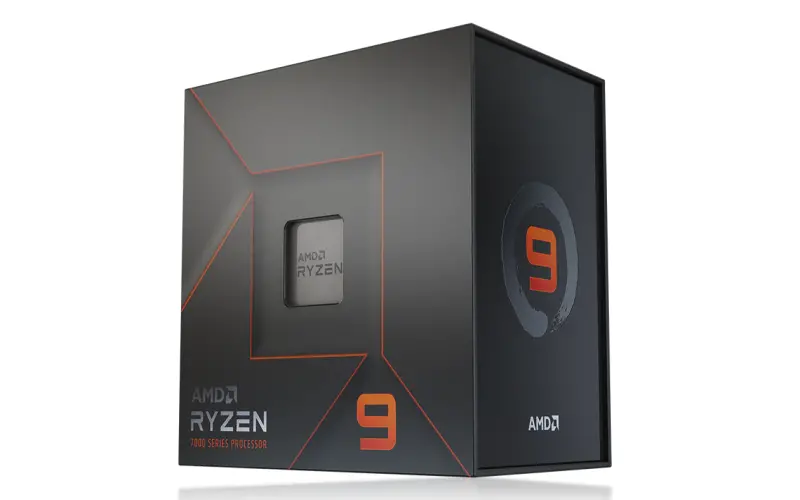
9. Intel Core i7-13700K
The venerable Core i7 persists through the 13th generation with this $409 model constituting Intel’s lead hybrid offering across desktops. Beyond PCIe Gen 5.0 and DDR5 capabilities, the 13700K utilizes 16 total cores with 8 P-cores operating at 5.4GHz peak frequencies benefitting complex HPC workloads necessitating high boost potential for transient loads. 125W power requirements call for capable cooling to extract full turbo clock throughput during intensive vectorization workloads.
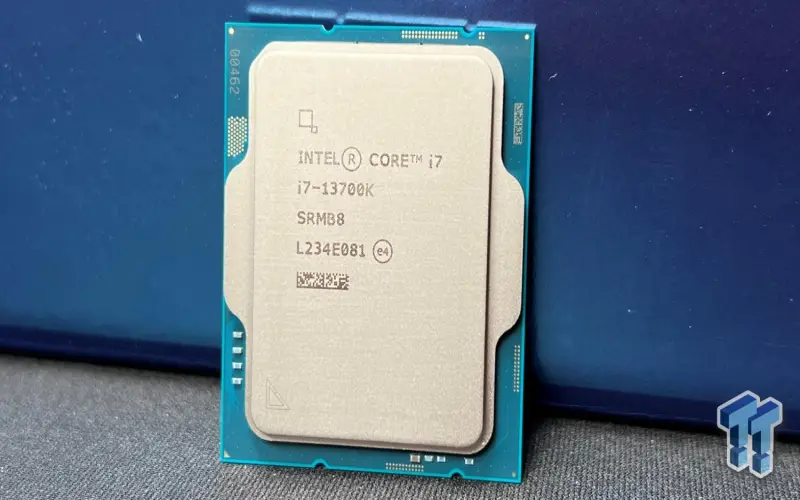
10. Intel Core i9-13900K/KF
Topping over $600, the flagship 13900K headlines Intel’s Raptor Lake lineup with 24 total cores and 32 threads pushing the hybrid architecture to new heights assuming adequate thermal dissipation. The 150W KF variant eschews integrated graphics while matching the 13900K’s radio frequencies for minor cost savings. Both editions carry dual channel DDR5 support and full PCIe 5.0 connectivity for well-rounded HPC capabilities warranting evaluation based on multi-threaded scaling, AVX-512 efficiency, AI acceleration, encryption, and real-time analytics usage models.
